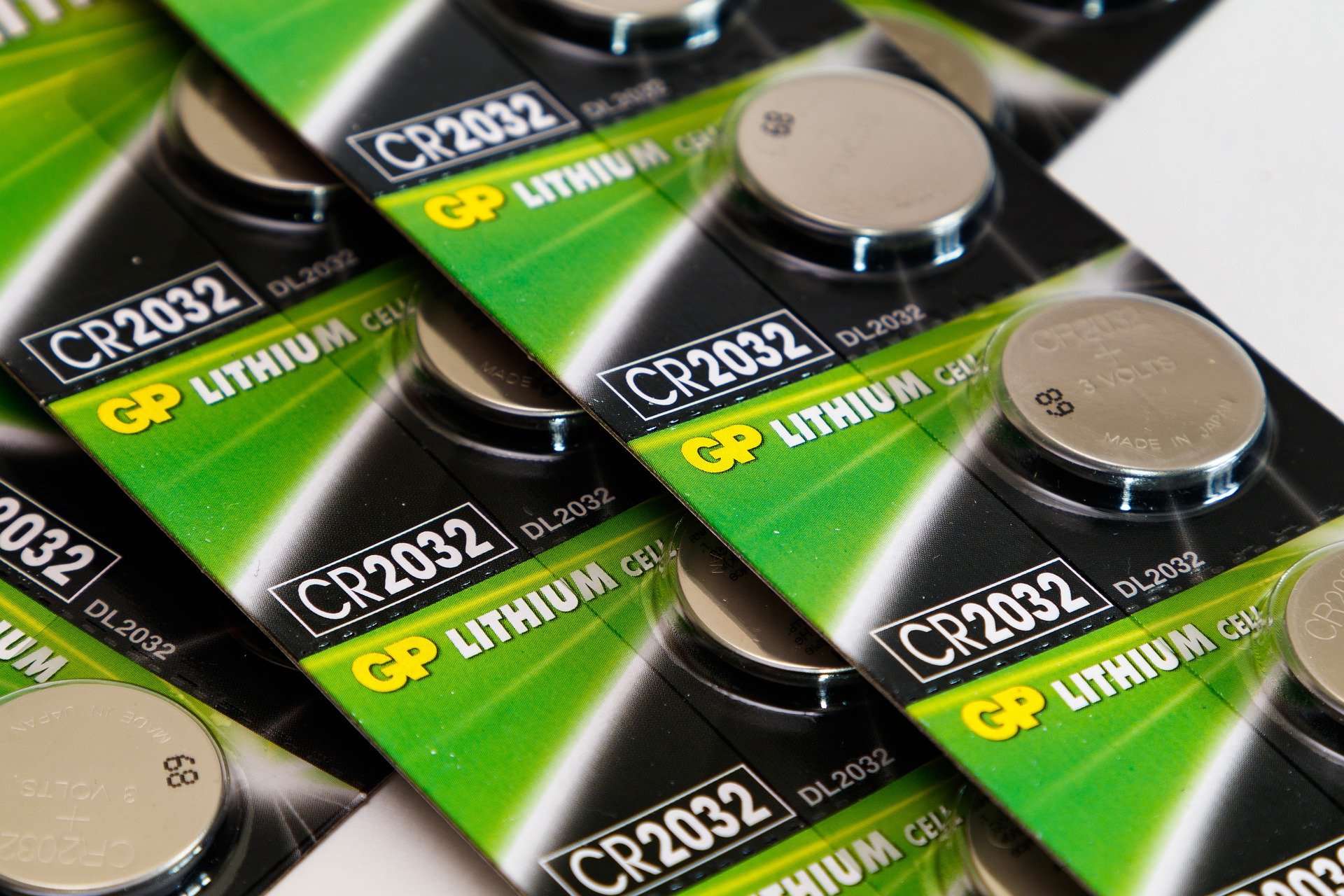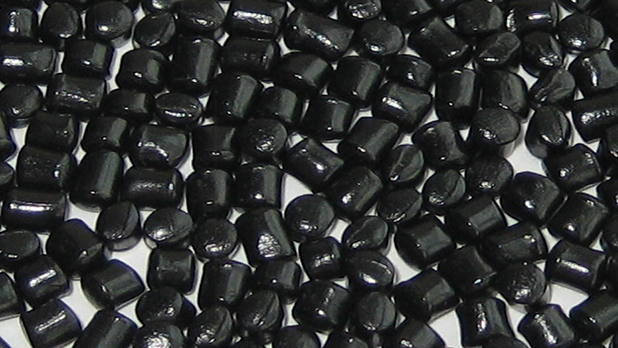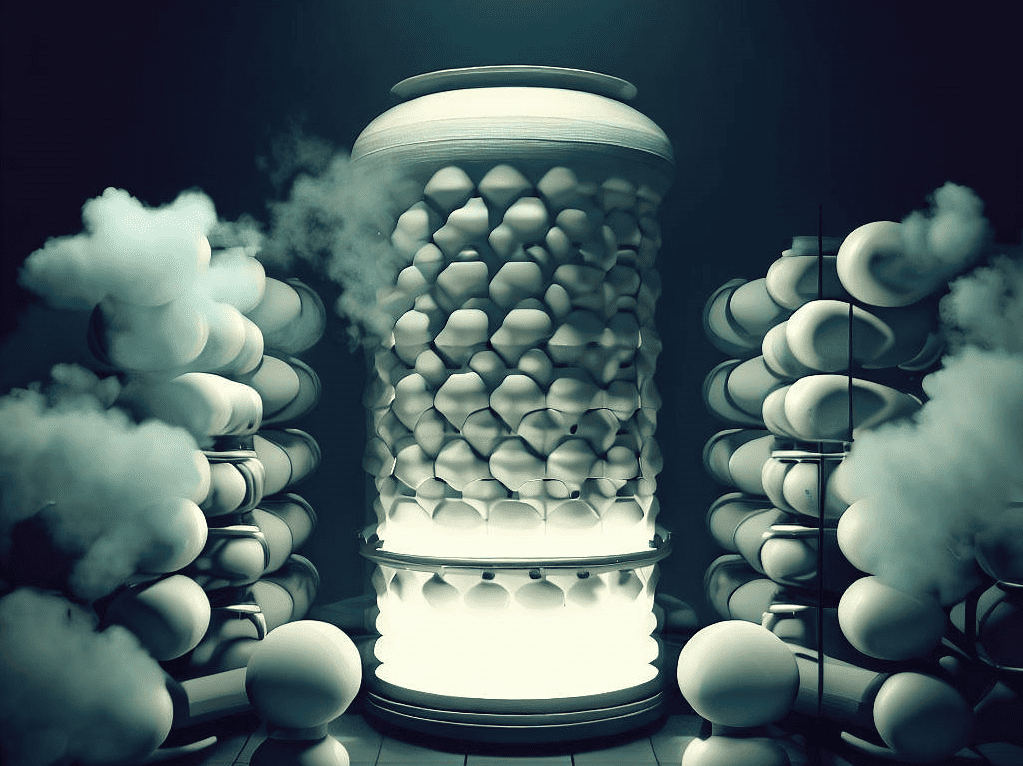
Cell phones, notebooks, digital cameras, cordless drills and lawn mowers – without lithium-ion batteries many things in everyday life would be almost inconceivable. Little by little, this type of energy storage has increasingly replaced the good old-fashioned nickel-cadmium battery and the nickel-metal hydride battery. The reason is that lithium-ion batteries can store much larger amounts of energy at high voltages. In fact, the voltages are so high that the batteries should not actually be stable.
Conventional batteries usually have voltages of one to two volts, while a lithium-ion battery has four volts, a property that also caused various problems during its development in the 1990s. The battery electrolytes needed at the time to transport ions degraded at this high cell voltage.
“Wrong” and “right” carbonates
Over time, however, scientists were able to use a special mixture of different carbonates – ethylene carbonate and dimethyl carbonate, for example – to create electrolytes that remained stable for much longer. However, batteries in which the ethylene carbonate had been replaced by the chemically similar propylene carbonate were used up after only a few charging and discharging cycles. Why they failed so quickly after such minor changes was completely unclear at the time.
Years later, researchers discovered that the “wrong” carbonates are not stable at high cell voltages, but continue to decompose until the battery fails. If the “right” carbonates are used, however, the decomposition products form a stable layer that is only a few nanometers thick that protects the electrolyte from further decomposition.
But this layer must be able to do even more. It must also be able to transport lithium ions, otherwise the charge carrier transport would break down in the cell. The battery would fail and no longer supply energy. This problem is now being tackled by a team of researchers at the Technical University of Ilmenau, Germany, led by Prof. Andreas Bund, head of the Department of Electrochemistry and Electroplating, together with scientists from the University of Marburg, Germany. They are conducting a three-year project to investigate what this layer of decomposition products – known as the passivation layer – that forms during battery operation must look like “so that it both reliably passivates, i.e., protects the electrolyte from further decomposition, while also conducting ions.”
“I’m optimistic we can do it”
In the end, the scientists want to kill three birds with one stone: charge lithium-ion batteries faster and more efficiently, manufacture them more cheaply and make the batteries last longer. To achieve all this, the researchers are using a variety of in situ methods – some on the nanometer scale – to observe how this layer is formed. How are paths for ion conduction created and how can the layer formation be improved?
Prof. Andreas Bund explains the significant influence of this extremely thin boundary layer on the battery. “Optimizing ion conductivity, formation rate and passivation behavior would lead to future lithium-ion batteries that are not only faster and more efficient to charge, but also last longer and are less expensive. I’m optimistic we can do this.”
The three-year research project entitled “Investigation of the transport properties and the formation and growth mechanisms of the solid electrolyte interphase (SEI) on carbon model electrodes” is being funded by the German Research Foundation with €324,000 euros.
Also of interest:
Researchers develop safety status for second life of lithium car batteries
Ceramic solid-state electrolytes could improve lithium-ion batteries (German only)
Solid-state battery has minimal environmental impact and maximum longevity







